In an effort to decrease the spread of COVID-19, public health officials have recommended that we minimize close physical contact with others and furthermore require those with either suspected or confirmed COVID-19 infection to be under quarantine. These guidelines are scientifically sound and absolutely appropriate, except when it comes to taking care of a newborn. Everything we typically recommend to the new mother to promote bonding and to optimize newborn care — skin-to-skin contact with the baby, exclusive breastfeeding, and rooming in with the infant — run counter to the guidelines we should follow for preventing the spread of COVID-19.
Many states will now require that all women admitted for obstetrical care will be screened for COVID-19. This recommendation is based on the finding that many pregnant women with COVID-19 do not show any symptoms.
How Can We Prevent COVID-19 Infections in Infants?
There are several ways a newborn can be infected with the COVIDI-19 virus. Vertical transmission refers to the transfer of virus from mother to baby during pregnancy or childbirth. Reports coming out of China, albeit small, suggest no evidence of vertical transmission. However, we cannot totally rule out the possibility of vertical transmission; there is a single report of a healthy infant born to a COVID-19-positive mother who had IgM antibodies to COVID-19 at the time of delivery.
In a study including six women and their infants, no virus was detected in amniotic fluid, cord blood, breast milk, or neonatal pharyngeal swabs. Although no studies to date have detected COVID-19 in breast milk, experts caution that the data are insufficient to rule out possible transmission of virus by this route.
Other modes of transmission include close contact transmission from the mother, droplet transmission from family or visitors, and hospital-acquired infections. There is a vast medical literature demonstrating the benefits of breastfeeding and close contact between mother and child; however, these benefits must be counterbalanced with the risks of viral transmission if the mother or other caregiver is COVID-19-positive.
It is not yet known whether newborns with COVID-19 are at increased risk for severe complications.
COVID-19 and Breastfeeding
In a position statement, the World Health Organization supports breastfeeding by all mothers, including those who test positive for COVID-19 but emphasizes good hygiene and strategies for minimizing transmission of the virus.
“Breastmilk is the best source of nutrition for infants, including infants whose mothers have confirmed or suspected coronavirus infection. As long as an infected mother takes appropriate precautions—outlined in this paper—she can breastfeed her baby. Breastmilk contains antibodies and other immunological benefits that can help protect against respiratory diseases. A growing body of evidence supports the importance of breastfeeding for a child’s growth, development, and health, as well as for helping them avoid obesity and noncommunicable diseases later in life.”
“Considering the benefits of breastfeeding and the insignificant role of breast milk in the transmission of other respiratory viruses, a mother could can [sic] continue breastfeeding. The mother should wear a medical mask when she is near her baby and perform hand hygiene before and after having close contact with the baby. She will also need to follow the other hygiene measures described in this document.”
The CDC issued somewhat more conservative recommendations, suggesting that the mother should pump and an uninfected caregiver should feed the baby the expressed milk.
“Breast milk is the best source of nutrition for most infants. However, much is unknown about COVID-19. Whether and how to start or continue breastfeeding should be determined by the mother in coordination with her family and healthcare providers. A mother with confirmed COVID-19 or who is asymptomatic should take all possible precautions to avoid spreading the virus to her infant, including washing her hands before touching the infant and wearing a face mask, if possible, while feeding at the breast. If expressing breast milk with a manual or electric breast pump, the mother should wash her hands before touching any pump or bottle parts and follow recommendations for proper pump cleaning after each use. If possible, consider having someone who is well feed the expressed breast milk to the infant.”
COVID-19 and Room-Sharing
The American Academy of Pediatrics (AAP) now recommends that babies sleep in the same room as their mothers, based on new research which indicates that rooming in reduces the risk of sudden unexpected infant death (SUID).
On April 2, AAP released recommendations suggesting that newborns be separated from COVID-19-positive mothers:
“While difficult, temporary separation minimizes the risk of postnatal infant infection from maternal respiratory secretions. If possible, admit the infant to an area separate from unaffected infants, and wear gowns, gloves, eye protection goggles and standard procedural masks for newborn care.
If the center cannot place the infant in a separate area — or the mother chooses rooming-in despite recommendations — ensure the infant is at least 6 feet from the mother. A curtain or an isolette can help facilitate separation.”
However, just last week, the AAP insured a revised set of guidelines which have softened the wording surrounding the recommendation to separate newborns from their mothers if the mother tests positive for COVID-19, stating that decisions in this setting should be made on a case-by-case basis.
Experts are divided on the best course of action because the risk remains unknown. Some infants do well, and others can become very sick. While difficult to separate mother and infant, this is the safest action, at least temporarily. Separation may provide time for the mother to become less infectious. For temporary separation, admit the infant to an area away from the mother and unaffected infants. Use gowns, gloves, standard procedural masks and eye protection.
Nonetheless this is an extremely challenging situation. The AAP guidelines state that separation is “the safest action” if the mother is COVID-positive; however, we must take into consideration the downstream effects of separation, including disruptions of breastfeeding and maternal bonding.
The Bottom Line
The COVID-19 pandemic has changed our lives in countless ways, and giving birth for the foreseeable future will look very different than it has in the past. Even as many states are in the process of re-opening and relaxing restrictions regarding social contact, hospitals will continue to have very strict guidelines regarding infection control, especially in mothers and infants.
For expectant mothers, planning for childbirth under the current circumstances is considerably more complex. But we must emphasize that it is possible to take control of certain aspects of the experience.
Current guidelines recommend that pregnant women take reasonable measures to reduce risk of exposure to COVID-19, including minimizing contact with others outside of the home, wearing masks, and frequent hand washing. These recommendations are especially crucial during the last 2-4 weeks of pregnancy in order to minimize the possibility of being tested positive for COVID-19 at the time of delivery.
For families with newborns, we have always emphasized the importance of having extra help. This will be challenging, as many families rely on grandparents for help and will have concerns about exposing older family members or those with underlying medical conditions to infection. Travel restrictions may also limit who is available to help.
Families will have to be creative here. Some families are creating “double bubbles” to extend their support networks. In addition, it is important to remember that support comes in many different forms that do not require physical contact — friends or family dropping off meals, help with laundry or running errands, frequent phone check-ins. Nonetheless, this will continue to be a challenging time, and we must recognize that families with infants and young children will need more support.
Ruta Nonacs, MD PhD
AAP issues guidance on infants born to mothers with suspected or confirmed COVID-19 (American Academy of Pediatrics, AAP News, April 2, 2020)
AAP updates guidance on newborns whose mothers have suspected or confirmed COVID-19 (American Academy of Pediatrics, AAP News, May 21,2020)
RESOURCES FOR SKILLED LACTATION PROVIDERS ON COVID-19 (International Lactation Consultant Organization)

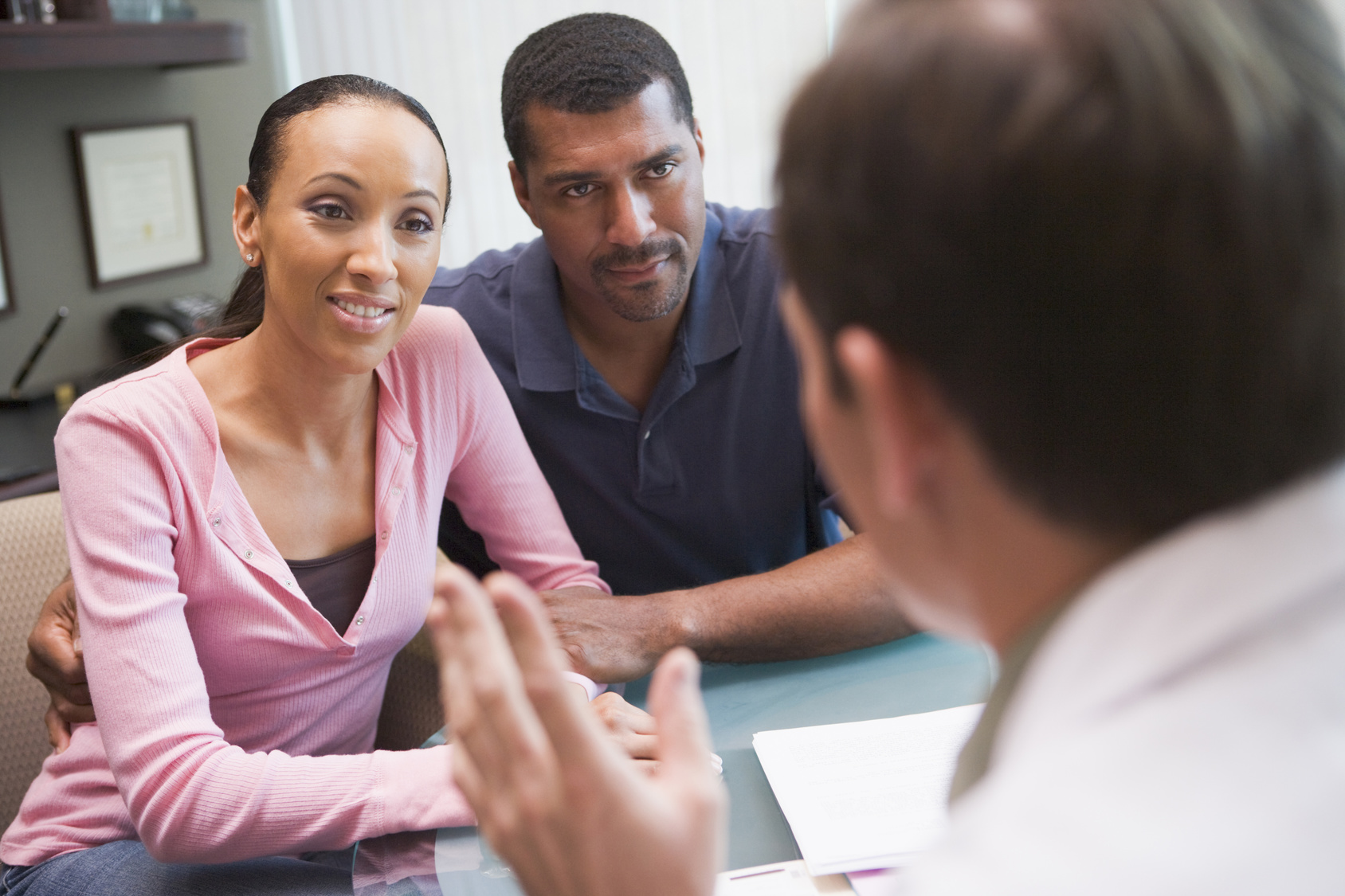
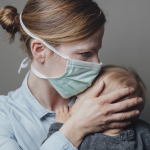
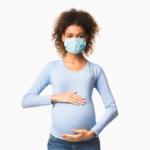
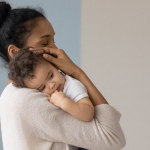
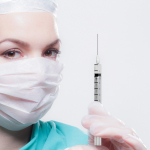
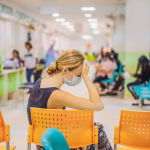
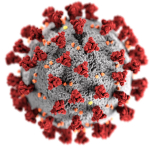

Leave A Comment